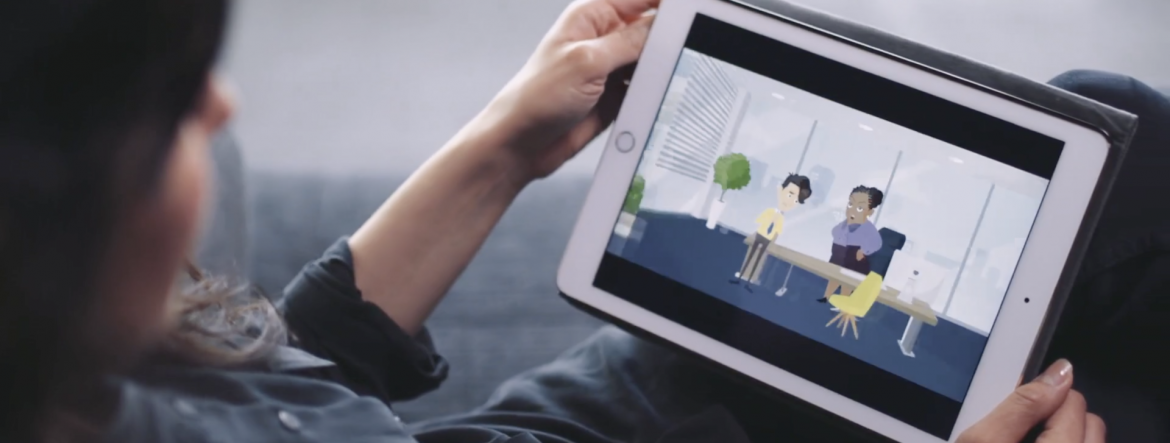By: Stacy Adams, Head of Marketing at Vyond
The early days of the pandemic brought many field workers, like those in manufacturing and construction, to remote work. However, the reality is that these industries had already started to find ways to perform jobs and tasks remotely long before the pandemic. Innovations like remote monitoring and operations were increasingly relied upon as lockdowns and social distancing made them even more valuable to organizations. These types of processes have made it possible for field workers to continue their pace of work, streamlining workflows and controlling costs.
Now, as more of these workers make their way back to more full-time, in-person work, leaders must take steps to ensure a smooth transition into the hybrid work environment.
Understanding employee preferences
Before remote workers head back to full-time in-person work, leaders need to understand their communication preferences and how they perceive company communications. Understanding this employee mindset – both for onsite and remote workers – is crucial in navigating the hybrid workplace. Earlier this year, my team surveyed 1,000 full-time employees and discovered some insights that leaders may find surprising:
- Engaging with non-remote workers requires more effort: Onsite workers are not engaging with company communications as much as their remote colleagues, according to our survey (76% of remote workers are engaging vs. 66% of non-remote workers). To truly reach onsite employees, leaders must make more of an effort to share thoughtful and strategic messages that speak to the non-remote employee’s experience.
- In-person workers rely less on email: Onsite workers are more likely to say they prefer real-time conversations over email. This means leaders can shift back to more real-time, face-to-face conversations and meetings when returning in-person.
Tips for communicating with a hybrid workforce
When planning your reentry and preparing to communicate with both in-person and remote employees, it’s important to recognize these preferences and use them to inform the messages leadership shares and the mediums on which they are shared. I recommend leaders consider the following when planning to engage with the hybrid workforce:
- Carefully consider message mediums: With a hybrid workforce, it’s critical to find a message avenue that works equally as well for remote and in-person employees. When planning for communications, consider how a message will reach both sets of employees. For example, lean on digital signage onsite to share messages that are also disseminated to remote employees via email, and consider live-streaming in-person meetings and announcements for remote employees.
- Use video to level the playing field: Video messages are an excellent medium for reaching a hybrid workforce, enabling leaders to communicate with nuance and allow employees to watch company communications on their own time – which is especially critical as our survey found that 52% of employees prefer to watch/listen to a company announcement or communication instead of reading an email or blog post. In practice, video can help leaders create an easy-to-understand tutorial for installing new material or using a new piece of technology, streamlining and simplifying the training process.
Keeping culture alive
Even when leaders take steps to ensure thoughtful hybrid communications, culture is a real concern for organizations as they consider the impact of a hybrid workforce on company traditions. When 100% of staff can’t regularly be together in-person, how can organizations build culture and continue the intangible elements that make their organization truly great?
It requires thinking outside of the box and beyond the standard idea of company culture in the form of holiday parties and happy hours. Here are a couple of ways I’m keeping my team’s culture alive in the hybrid environment:
- Find ways to virtually capture in-person traditions: Determine how you can make an office-wide event accessible for both remote and in-person workers. For example, this year, consider incorporating a virtual component during your organization’s annual summer outing so both in-person and remote workers can connect and chat for an all-inclusive experience.
- Create new, all-digital traditions to ensure remote team members don’t miss out: Whether employees are remote or onsite, it’s the perfect time to implement a fully-virtual event, such as an office-wide summer reading assignment or mindfulness challenge. This can further engage those employees who are in the office while enabling a larger participatory experience to those who are remote. As a bonus, it creates a space where remote workers can engage with their in-office colleagues and get to know each other through outside-of-work topics and discussions.
I’m looking forward to being back in the office once again with my colleagues. On the other hand, as a marketer and communicator, I recognize the unique challenges that returning to in-person work and reaching a hybrid workforce bring. As we enter into a new “post-pandemic” work environment, it’s important for leadership to carefully consider company communications and devise strategies for ensuring alignment among all workers, whether they’re on-site, working from home, or any combination of the two.
BIO: Stacy Adams is dedicated to helping companies build better communication and trainings as part of her role at Vyond (www.vyond.com), a video animation software company that supports businesses in easily creating corporate videos. She is passionate about the power of video storytelling and believes in its unique ability to bolster employee learning and development.


